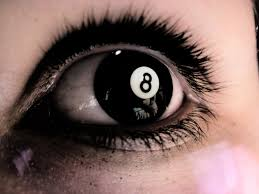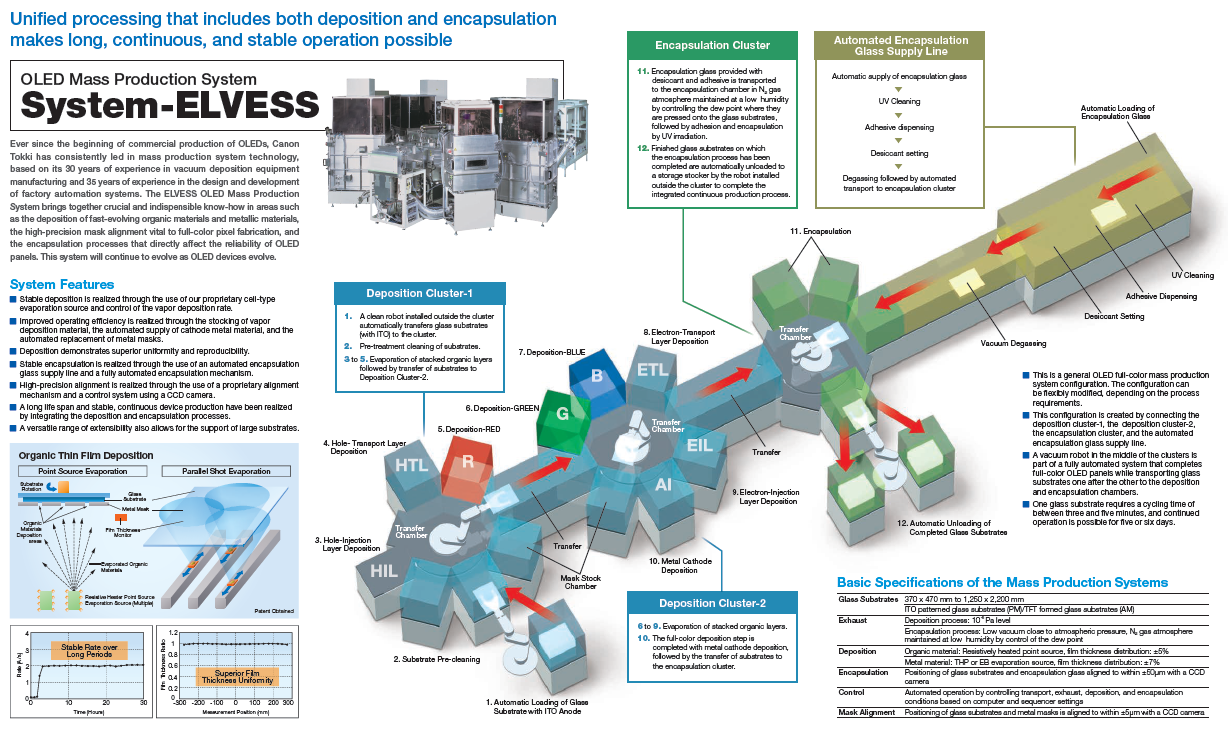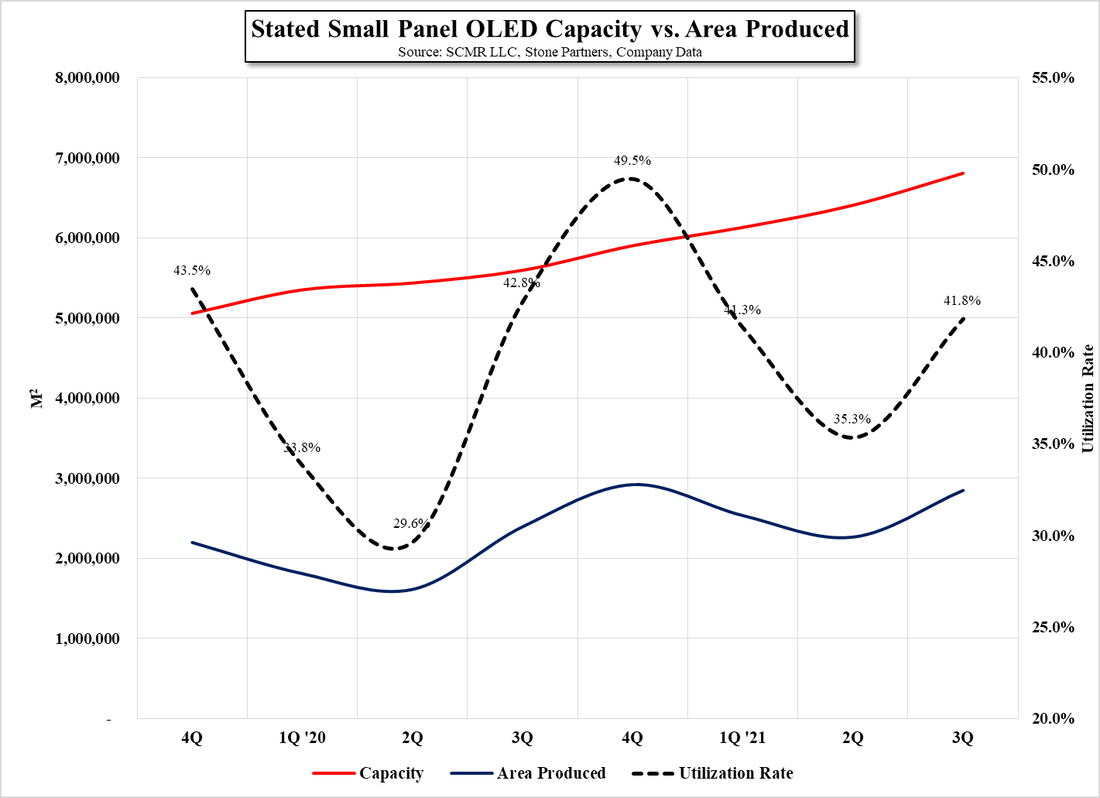Visionox Moves Up
That said, there are few panel producers who have the ability to produce displays with LTPO backplanes, and that limits those who wish to take advantage of 120Hz refresh rates to a small number of display producers, primarily Samsung Display (pvt), who is the leader in the space. LG Display (LPL) also produces LTPO displays but in a more limited capacity, leaving Apple little choice but to use South Korean suppliers for its LTPO needs, with both the iPhone 13 Pro and the iPhone 13 Pro Max using the technology. As we have noted previously, China’s BOE (200725.CH) has passed muster as a primary display producer for the iPhone, but is limited to producing LTPS displays (iPhone 13 currently) until it is able to get qualified for LTPO display production by Apple, which has yet to happen.
In the interim, China’s Visionox (002387.CH) has announced that they have launched China’s first LTPO OLED display and expects to see the display in new phones ‘soon’, putting them both in competition to garner attention from Apple and to compete with BOE, SDC, and LPL. As BOE discovered, it can take quite a while to get through Apple’s intense qualification process, which not only considers the quality of the technology but also the ability to produce a stuffiest quantity for inclusion as a full supplier, and that means a yield that can be difficult to reach. Visionox, while they will certainly push to develop customers on the Mainland, will have to begin the qualification process with Apple now that they have a commercial product, which can be both difficult and could require at least some capacity to be dedicated to such a project. With that goal in mind we expect Visionox will make such an attempt although they have relatively small OLED production capacity (line in Hebei, Hefei & Kunshan) when compared to BOE and South Korean producers, so it could be some time before they would have the dedicated capacity needed to be a primary LTPO supplier to Apple. As BOE faced a number of qualification disappointments that were regaled in the trade press, it might be best for Visionox to work with Chinese smartphone brands for a time rather than take the big step toward Apple.








 RSS Feed
RSS Feed